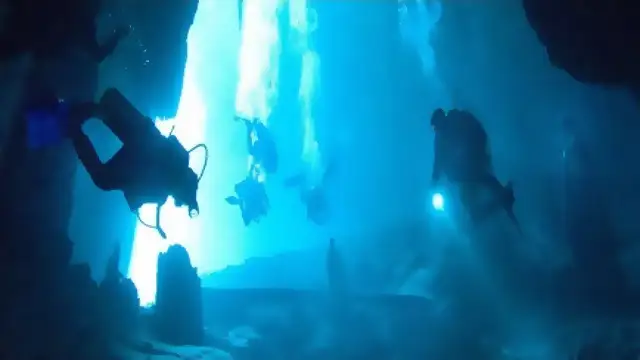Throughout history, tales of lost lands have captivated our imagination. These places, often described as continents or islands, were once home to unique ecosystems and even advanced civilizations. Many of these lands vanished due to catastrophic events or mysterious circumstances. Some, like the legendary Atlantis, are steeped in myth, while others may have roots in reality. Let’s explore eight of the most mysterious lost ancient lands.
1. Mu: The Lost Continent of the Pacific
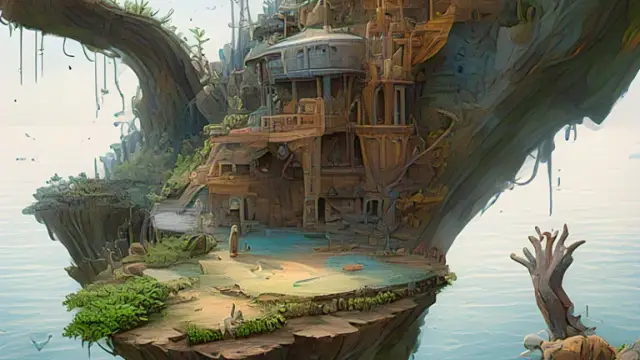
Mu is a proposed lost continent believed to have existed between America and Asia. It was said to be home to the Naacals, an advanced civilization that thrived between 50,000 and 12,000 years ago. According to legend, a massive cataclysm struck Mu, leading to its destruction. Some theories suggest that survivors from Mu influenced the development of Ancient Egypt and the Mayan civilization, particularly in pyramid construction.
Ancient texts claim that Mu sank overnight due to a catastrophic earthquake. While many archaeologists dismiss this as myth, some speculate that the Yonaguni structures in Japan could be remnants of this lost world.
2. Hy-Brasil: The Fog-Covered Island
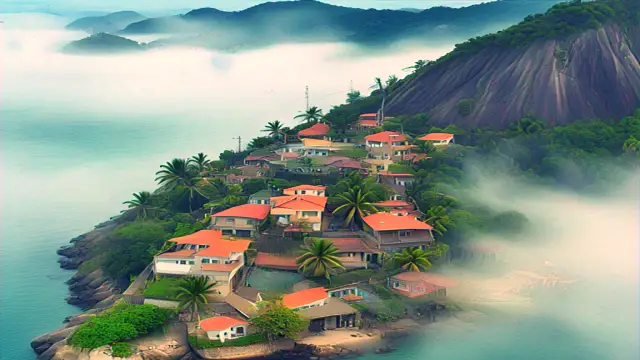
Hy-Brasil, often referred to simply as Brazil, appeared on maps from 1325 until the late 19th century. Located west of Ireland, sailors described it as a mystical island shrouded in fog, visible only once every seven years. Some believe it may have been the Porcupine Bank, an underwater formation that was once above sea level.
In 1674, a captain claimed to have discovered Hy-Brasil, describing a grand stone castle and a mysterious magician who gifted them gold and silver. Despite its intriguing tales, Hy-Brasil is largely considered a legend.
3. Iram of the Pillars: The Atlantis of Sand
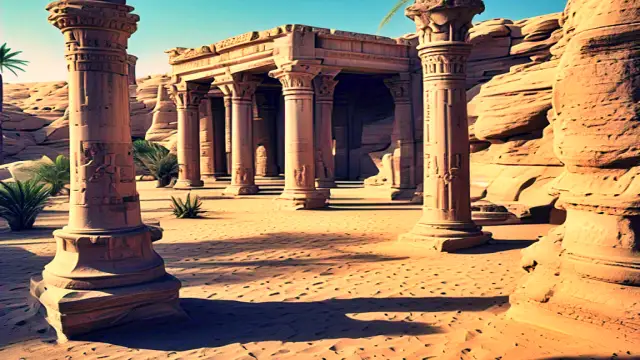
Iram of the Pillars is mentioned in the Quran as a lost kingdom with “high pillars.” It was said to be a prosperous land inhabited by the Ad people, who faced divine punishment. A fierce sandstorm buried Iram beneath the desert, leading many to believe it was a myth. However, in 1991, ruins resembling Iram were discovered in Oman, identified as the lost city of Ubar. Unfortunately, much of it was lost to a sinkhole.
4. Zealandia: The Submerged Continent
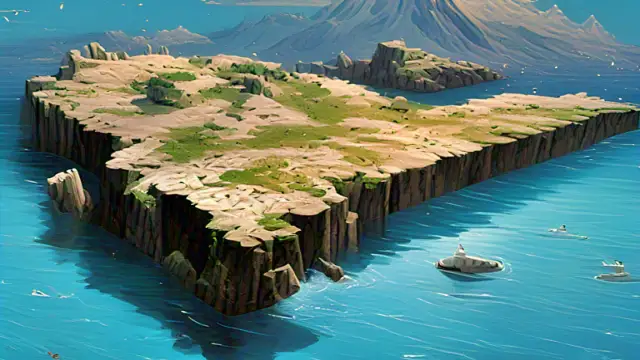
New Zealand is part of Zealandia, a submerged continent that separated from Australia around 70 million years ago. This vast landmass is mostly underwater, with only a small portion visible. Some experts believe Zealandia could resurface, potentially raising global sea levels. Fossils found in the region suggest that Zealandia once supported unique wildlife.
5. Doggerland: The Sunken Land Bridge
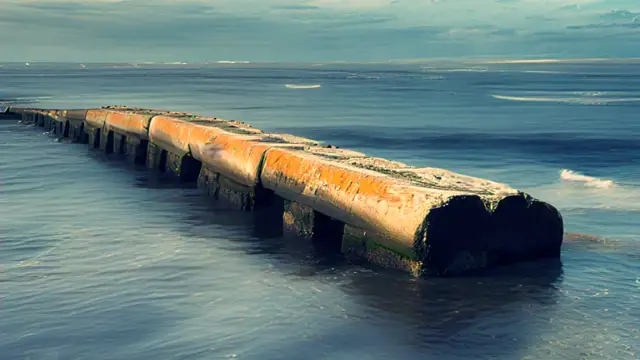
Once, travelers could walk from the UK to Europe across Doggerland, a landmass that connected Scotland to Denmark. This area was rich in resources and inhabited by Mesolithic cultures around 12,000 to 6,000 years ago. Rising sea levels gradually submerged Doggerland, culminating in a megatsunami caused by a landslide off Norway. Today, divers have uncovered ancient artifacts and remains, hinting at the secrets still hidden beneath the North Sea.
6. Lemuria: The Lost Land of Lemurs
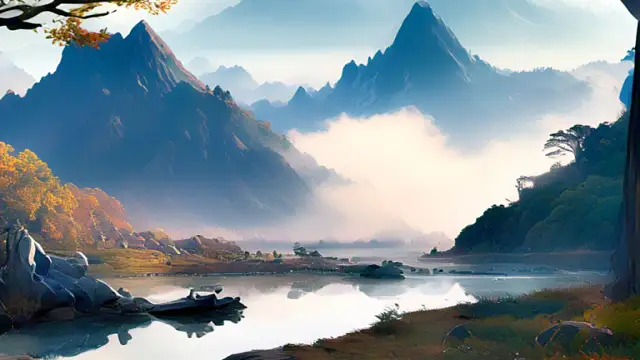
In the 19th century, scholars proposed the existence of Lemuria, a submerged land connecting India, Australia, and Madagascar. The name comes from lemurs, as the theory aimed to explain their presence across these regions. Although the concept was later dismissed due to the theory of continental drift, it gained popularity among Tamil writers, who linked it to the legendary kingdom of Kumari Kandam, believed to be the cradle of ancient Tamil civilization.
7. Beringia: The Ancient Land Bridge
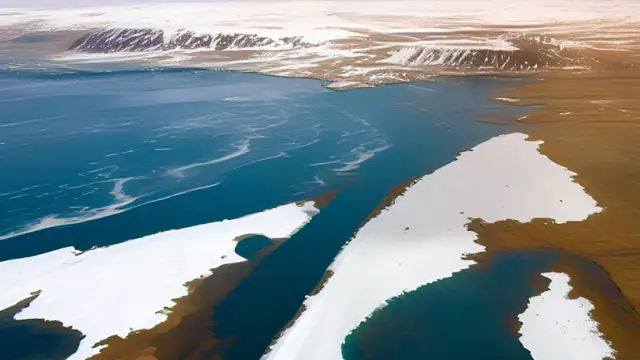
Beringia was a land bridge that once connected Asia and North America, existing before submerging at the end of the last Ice Age around 12,000 years ago. This vast land served as a refuge for diverse wildlife, including mammoths. Around 25,000 years ago, people from Siberia settled in Beringia, eventually migrating to North America as the land bridge disappeared. These early inhabitants are considered the ancestors of many Native American cultures.
8. The Lost City of Atlantis
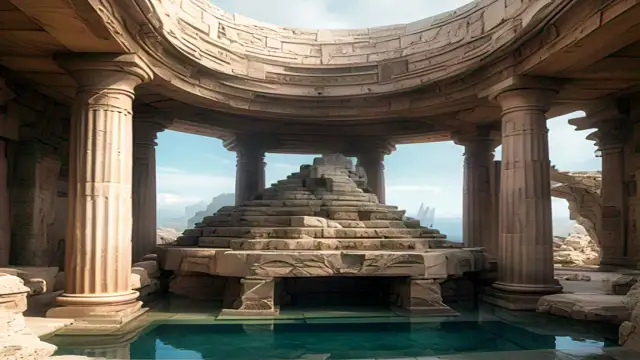
No discussion of lost lands is complete without mentioning Atlantis. This legendary island, described by Plato, was said to be a powerful civilization that sank into the ocean. While many believe Atlantis to be purely fictional, some researchers argue that it may have been inspired by real events, such as the eruption of Santorini or the Minoan civilization’s decline.
Conclusion
The stories of these lost ancient lands continue to intrigue us. Whether rooted in myth or reality, they remind us of the mysteries that lie beneath the surface of our understanding of history. Each tale offers a glimpse into the past, revealing how civilizations rose and fell, often due to natural disasters or changing climates. As we explore these enigmatic lands, we are reminded of the fragility of human existence and the ever-changing nature of our world.
The Importance of These Legends
These lost lands serve not only as fascinating stories but also as cautionary tales. They highlight the impact of environmental changes on human societies. For instance, the flooding of Doggerland and the sinking of Mu illustrate how natural disasters can reshape landscapes and displace entire populations. Understanding these events can help us prepare for future challenges related to climate change and rising sea levels.
Modern Discoveries and Research
Recent archaeological discoveries and advancements in technology have shed new light on these ancient tales. Underwater archaeology, for example, has allowed researchers to explore submerged landscapes, revealing artifacts and structures that were once thought to be lost forever. The discovery of the ruins of Iram in Oman is a prime example of how modern science can validate historical accounts that were previously dismissed as mere legend.
Cultural Impact and Legacy
The legends of these lost lands have also influenced literature, art, and popular culture. From novels to movies, the idea of a lost civilization continues to capture the imagination of people around the world. These stories encourage exploration and curiosity, inspiring new generations to seek out the mysteries of our planet.
Final Thoughts
As we delve into the mysteries of these ancient lands, we uncover not just the stories of civilizations long gone, but also the lessons they impart. The tales of Mu, Hy-Brasil, Iram, Zealandia, Doggerland, Lemuria, Beringia, and Atlantis remind us of the rich tapestry of human history and the enduring quest for knowledge.
By studying these lost lands, we not only honor the past but also gain insights that can guide us in the present and future. The search for these ancient places continues, and who knows what other secrets lie waiting to be discovered beneath the waves or buried in the sands of time?
Join the Exploration!
If you’re fascinated by the mysteries of lost civilizations and ancient lands, stay tuned for more articles and discoveries. Follow us on social media and subscribe to our newsletter for the latest updates on archaeological findings and historical explorations.

